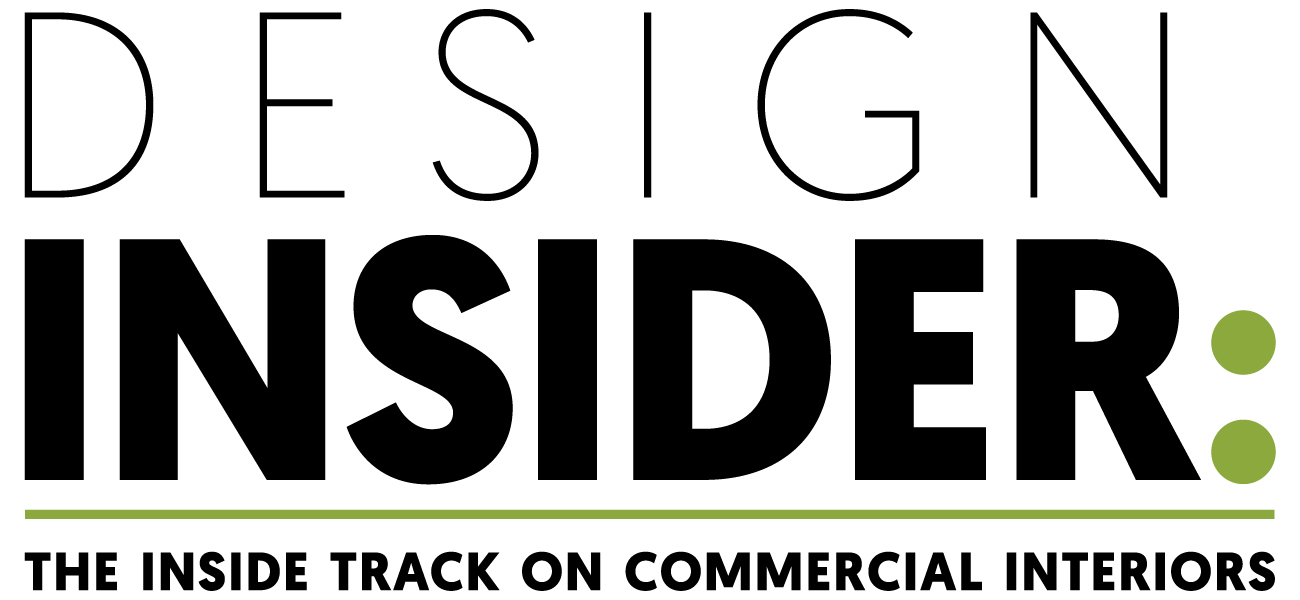A conversation between: Jim Biddulph & Sally Angharad
It’s safe to say that a lot has happened in the five years since I last interviewed colour, material and trend specialist Sally Angharad. Given the turbulent and uncertain nature of much of it, it’s arguably more important than ever that we understand how the big, earth-altering factors as well as the more subtle day-to-day elements affect the way we live, and with it, how we navigate the built environment.
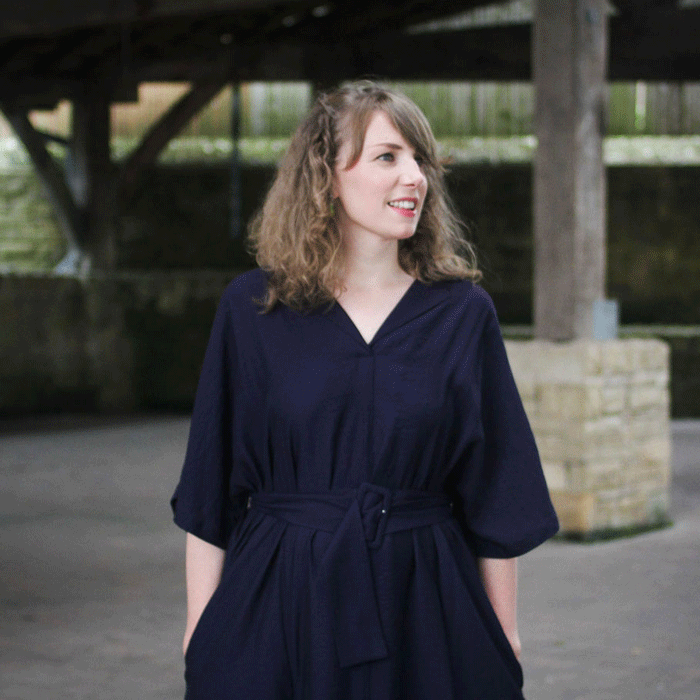
Fresh off the back of another successful incarnation of Surface Spotlight, her curated exhibition of materials at Surface Design Show, we had a catch-up to explore how she approached the show as well as discovering what else she has been up to. Building on a decade of self-employment, working with clients including Camira Fabrics, RAL, Caesarstone and Panasonic, along with an array of teaching posts, Sally has built knowledge and skills in consumer-driven colour trend forecasting methods. More recently she has been working on a PhD that explores the role of machine learning in colour forecasting while also being an advocate for sustainable approaches to colour trend forecasting. But we started setting the ground for her involvement in SDS and how she found this years event.
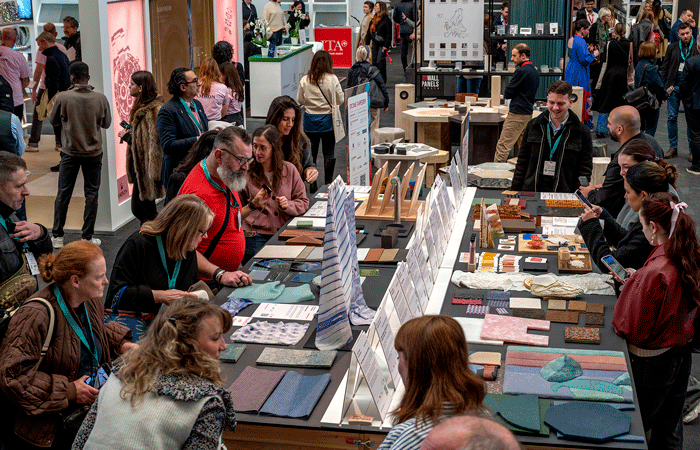
JB: How and when did your relationship with the Surface Design Show begin?
SA: I started working directly with Surface Design Show in 2015 and a decade later have just completed working on the 2025 edition. I was previously working as a trend consultant and writer so when the opportunity arose, I wanted to translate my knowledge of trend forecasting and design research to create a unique offering for the show; where the focus was on highlighting innovation within the world of interior and exterior surfaces. My experience with trade shows and creating interactive elements to appeal to visitors inspired me to create Surface Spotlight.
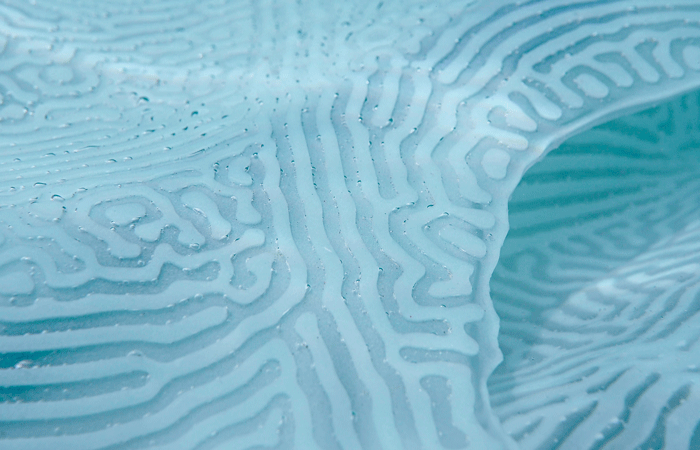
JB: As well as Surface Spotlight, you also devise the theme for the whole show. I’m intrigued as to how you go about this, and with it, how you feel it impacts the event, including exhibitors and visitors – who can be two very different beasts!
SA: Thoughts for next year’s theme start as soon as the current show opens its doors. There is no start and end point. Soaking up visitor reactions to the show, including Surface Spotlight, gives valuable insight for next year. SDS and I sit down every year to discuss topics that are important to the industry, as well as the exhibitors and visitors. Exploring key drivers and talking points allows us to interpret how relevant these are to Surface Design Show. For example, this year Creative Conscience became central to the main stage programme of talks and debates, not to mention something exhibitors acknowledged on their own stands. In terms of influencing the show/exhibitors/visitors, we look to this theme as a way of opening up new conversations and collaborations. The most important aspect of the theme is to make sense of big ideas and help everyone understand how we can apply them.
This year the concept centred around the idea of “Providing a brighter, sustainable future through thoughtful innovation and design.” It embodied a commitment to sustainable, ethical, and innovative design; a forward-thinking attitude that explored the harmonious fusion of colour, sustainability, and ingenuity in surface design for architecture and interiors. Designing with a creative conscience, actively promotes meaningful connections to the world around us, encouraging more tech-enabled, adaptable, and user-centric solutions. Equally, Surface Spotlight explored this movement towards more intelligent, responsive, and socially conscious materials.

JB: Yes, and I noticed that you split Surface Spotlight into four key areas. Given the breadth of fantastic materials on display, I appreciate it’s unfair to ask you to pick any favourites, but are there any key examples that help to explain the rationale behind each of them?
SA: Yes, it’s impossible to pick favourites! But projects like Artisan Intelligence by Studio Francesca Müller summarise the Enhanced (Design) theme well. It was focused on advanced processes and digital design that combine with traditional craftsmanship to create innovative solutions that retain a human touch. As a textile engineer, Francesca works with AI as an inspirational tool, curating AI graphics to meet the requirements of textile craftsmanship, resulting in a product range where textile tradition meets AI. Conversations around AI and its impact on the industry were relevant to the theme this year and so Francesca’s work offered a way of bringing a human aspect to the subject.
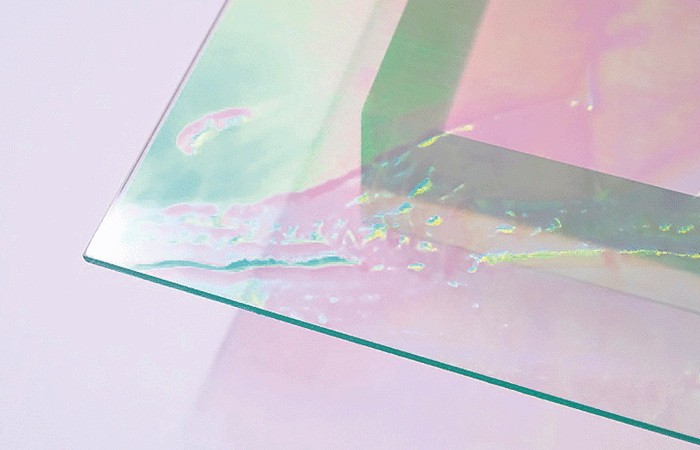
Whereas colour is always a central topic at Surface Design Show, so this year we devised the Revised (Colour) story and shifted the focus to dyes, inks and finishes that use alternative processes to introduce colour to surfaces in more ethical, innovative, and sustainable ways. A great example of this is the Structural Colour Inkjet Technology by FUJIFILM. This innovative technology allows designers to use true structural colours without the use of pigments. Instead, the microstructures cause diffraction and interference of light, which produces the structural colours we see on the printed PET surface.
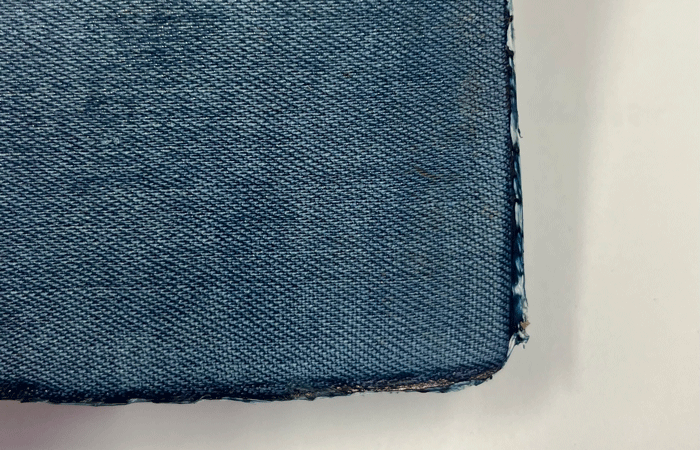
JB: You’ve already mentioned sustainability a few times, and I was pleased to see several new innovations in the Renewed (Materials) section.
SA: Yes, we must continue to stress the importance of reuse and this theme posited the wonder of waste through materials born out of scraps. Groups like Biocomposite Collective from the University of Leeds are giving waste materials a new lease of life and have created a selection of hybrid biocomposites made using cellulose and alternative natural polymer blends. These composites are made from completely biodegradable, natural, second-hand and recyclable textiles and materials, which incorporate interesting visual finishes and surfaces. Applications vary from interior, packaging, automotive, aerospace and biomedical applications. It’s really uplifting to see how work in the laboratory is resulting in exciting alternatives for the design world with exciting collaborations underway.
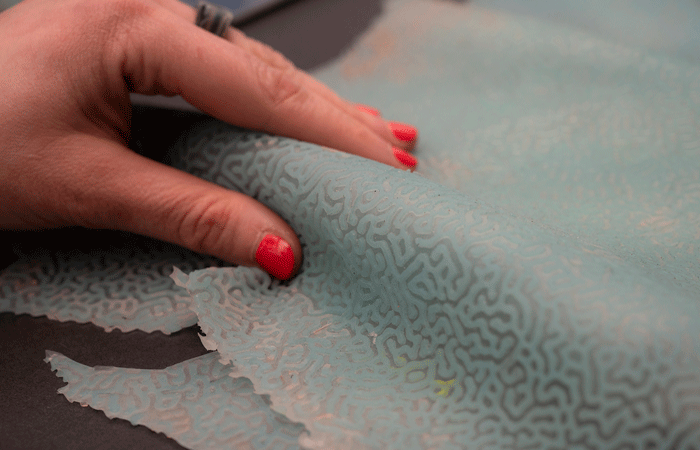
JB: And the final theme took a much more organic approach to materiality, while also exploring other contexts for these innovations?
SA: Right, Cultivated (Texture) goes beyond aesthetics and explores the latest materials using organic ingredients to inspire solutions for décor, packaging, lighting, and more. A lovely example of this Bioluminescent Living Material by Bio Crafted. It’s a bioluminescent living textile made from encapsulated photosynthetic microalgae. The micro-organisms emit light when touched, needing only sunlight in return. Bio Crafted is an award-winning biodesign studio, and this material innovation was created as a collaboration between indigenous artisans in French Polynesia, and scientists at the Francis Crick Institute. It’s an interactive material, and as we saw at the show, encourages touch, while also helping to translate biotechnology into an amazing living surface. The balance between innovation, scientific thinking and aesthetic joy is exactly why this material had to be featured as part of Creative Conscience.
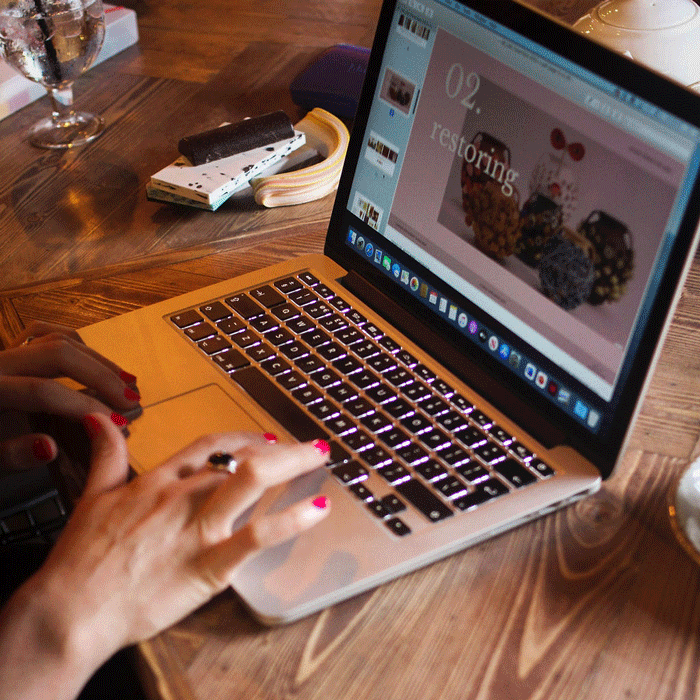
JB: Presumably your unique curatorial position within the show (and beyond) allows for a great overview – so how have the themes evolved over the period you’ve been involved? Has this corresponded with a shift in how we view ‘trends’?
SA: That’s a great question. When Surface Spotlight first launched, the idea was a platform for selected exhibitors to be featured that fit the sector with a certain focus for that year – hospitality, for instance. However, this quickly evolved as we all saw how materials and innovation crossover between industries, and the best way to spark new ideas is to push the boundaries.
Trend research has always played a key role in the research (and theme) for Surface Design Show, and there’s no denying how much exhibitors and visitors value these insights, especially colour forecasting. They are great conversation starters and can also be a way of mixing old and new design ideas.
I am not against trends, far from it, I believe they are excellent guides to inspire ideas. They pinpoint what is going on in the world and how humans are reacting. I see trends as aids to document developments and changes, but I strongly believe we need to personalise trends and offer a much more bespoke service – just like dressmakers did for customers over a century ago before it was even called forecasting!
We need to embrace the way the whole world is changing and whereas in the past it was acceptable to bring out short-term trends, this no longer sits well and instead we can use trend analysis to support a more sustainable design model. Trends are a wonderful analytical tool and there is no denying the role they play in the design world. So I am very excited to see how the notion of trends continue to evolve.
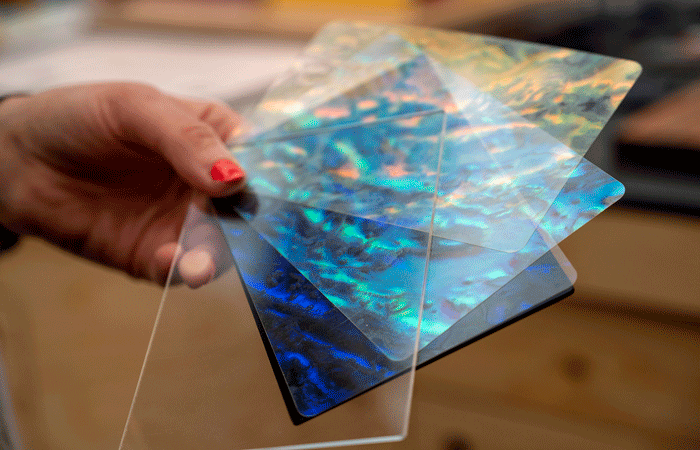
JB: Alongside all of this work you are also working on a PhD. Would you care to share some insights into your research?
SA: My PhD is looking into the role of machine learning (AI) in colour forecasting. Colour forecasting has been an important process for many manufacturing sectors for nearly a century. However, developments in technology and changes to the way that goods can be manufactured are giving birth to more rapid and agile manufacturing and supply chains. This is putting increasing pressure on the traditional colour forecasting industry and recently there has been an increase in automated methods driven by machine learning and AI. In this experiment methods to automatically extract colour palettes from digital mood boards are investigated.
Conversations around AI replacing industry experts in the process have been one of the main research directions. With a background in trend forecasting, I have approached the subject to investigate the role of both the machine and the industry expert (human) to understand if/how the two can support each other; intuition vs. science. Much like my previous comment about trends on the whole, I also believe the process of colour selection is becoming a lot more personalised.
In terms of where the research may take me…I am excited to apply this PhD research to my own practice as well as educating others. I can see this research influencing my approach to freelance collaborations and how initial ideas are presented, not to mention my approach to teaching colour and trends.
